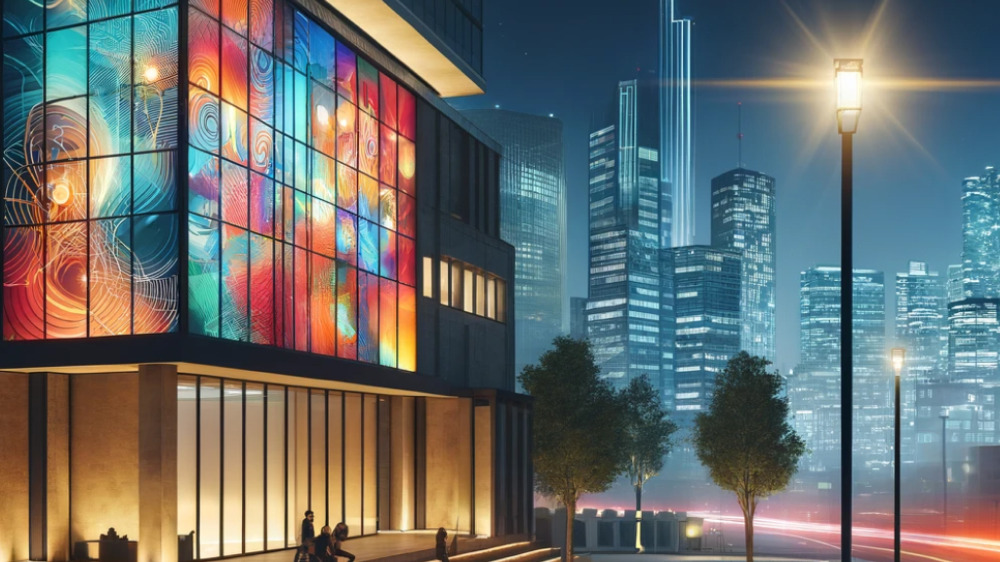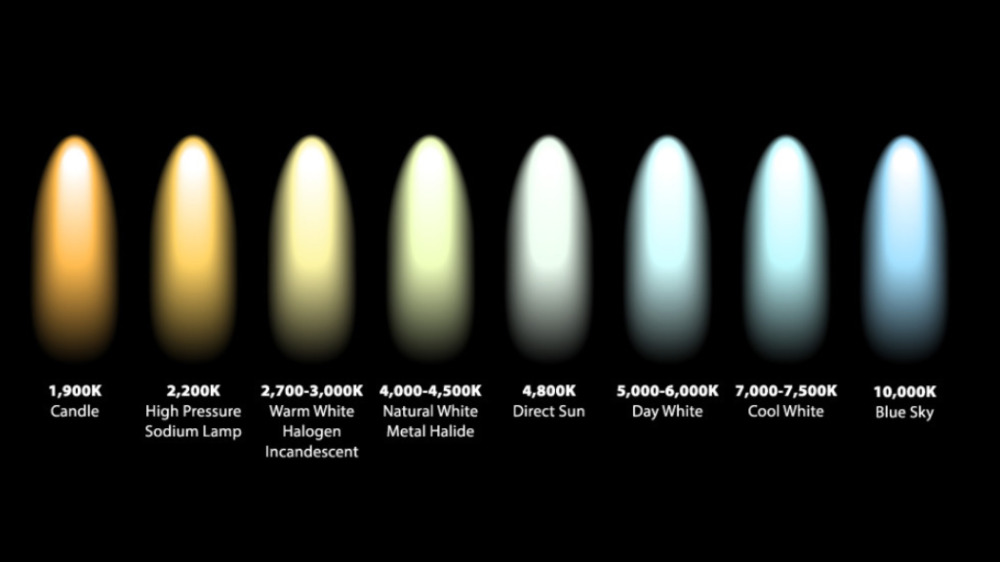Illuminating Masterpieces: The Art of Lighting in Museums and Art Galleries
- By deepak mishra
- Aug 7, 2023
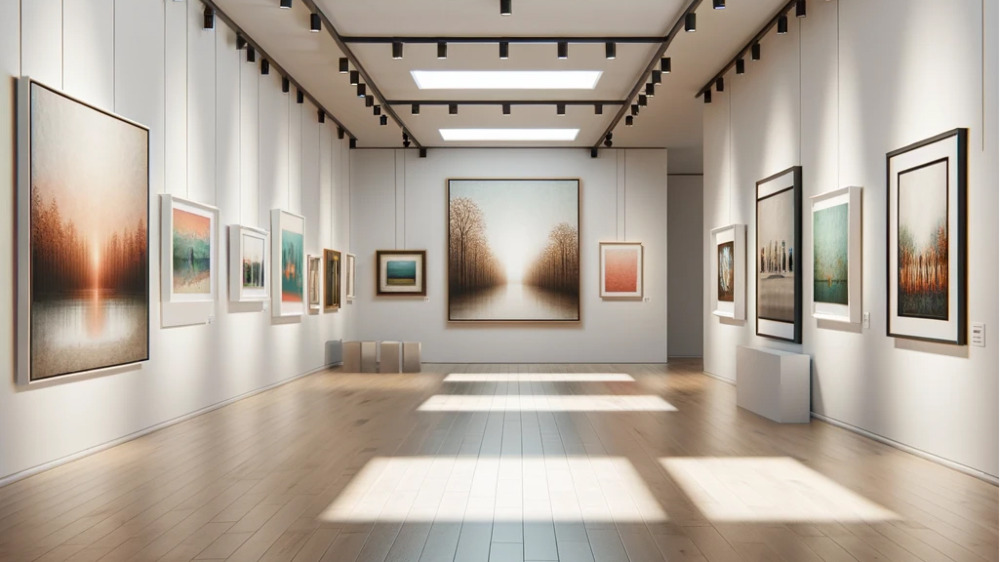
Illuminating Masterpieces: The Art of Lighting in Museums and Art Galleries

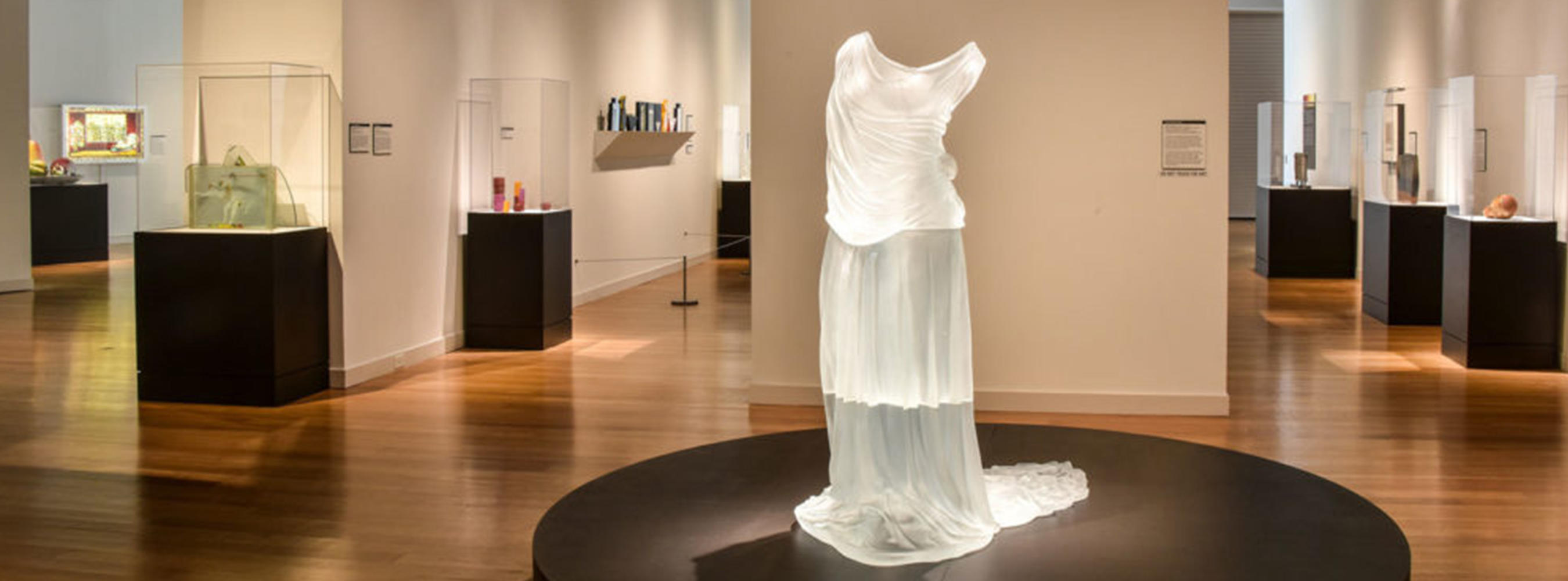
The Importance of Lighting: Lighting in museums and art galleries is not just about illuminating the space; it is an art form in itself. The careful manipulation of light can evoke emotions, highlight details, and guide the viewer's gaze. The primary objective of museum lighting is to strike a balance between providing sufficient illumination for viewing the artworks while minimizing any potential damage caused by excessive exposure to light.
Artworks are often delicate and sensitive to light, particularly ultraviolet (UV) radiation. Over time, exposure to UV light can cause fading, discoloration, and deterioration. Therefore, museums and galleries employ lighting systems that minimize UV emission. This is achieved through the use of specialized filters, coatings, and UV-blocking glass or acrylics, ensuring that the artwork remains protected while still being showcased in all its glory.
Track lighting, in particular, has gained popularity in the art world due to its versatility and adaptability. It involves installing a track system on the ceiling or walls, with adjustable fixtures that can be positioned and directed precisely to highlight specific artworks or areas. This flexibility allows curators and designers to create dynamic lighting arrangements, highlighting the focal points of an exhibition or drawing attention to intricate details within a piece.
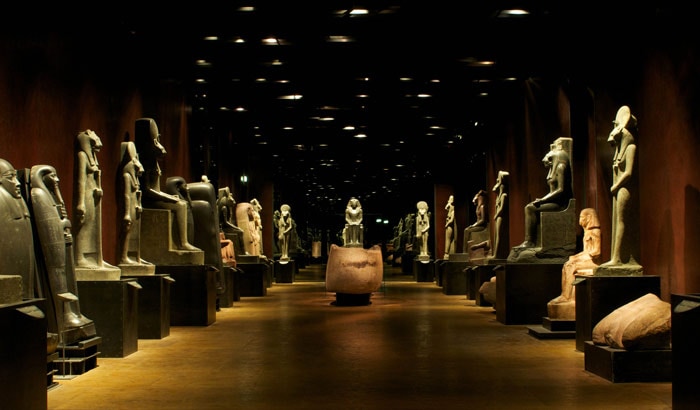
When it comes to lighting in museums and galleries, finding the right balance is crucial. The lighting should provide adequate visibility without overwhelming the viewer or causing visual fatigue. Ambient lighting, which provides general illumination throughout the space, sets the overall mood and ensures a comfortable viewing experience. Accent lighting, on the other hand, directs attention to individual artworks or exhibits, adding depth and creating a sense of drama.
Beyond preservation and aesthetics, lighting also contributes to the overall visitor experience. Properly lit spaces can create a welcoming and engaging atmosphere, inviting visitors to explore and spend more time with the artwork. Thoughtful lighting design can also facilitate wayfinding, guiding visitors through the exhibition seamlessly and enhancing the narrative flow.
As technology advances, museums and art galleries are embracing innovative lighting solutions. LED lighting, for instance, has revolutionized the industry by offering energy-efficient alternatives with adjustable color temperatures. This allows curators to tailor the lighting to suit specific exhibitions or artworks, creating diverse and immersive experiences.
Lighting serves as an essential tool in museums and art galleries, shaping the perception and appreciation of the exhibited artworks. From preserving delicate masterpieces to creating captivating visual displays, the art of lighting plays a significant role in enhancing the visitor experience. Track lighting, with its adaptability and precision, has emerged as a favored choice among lighting designers. As the art world continues to evolve, embracing technological advancements, we can anticipate even more innovative lighting techniques that will further enrich our encounters with art.
Illuminating Masterpieces: The Art of Lighting in Museums and Art Galleries
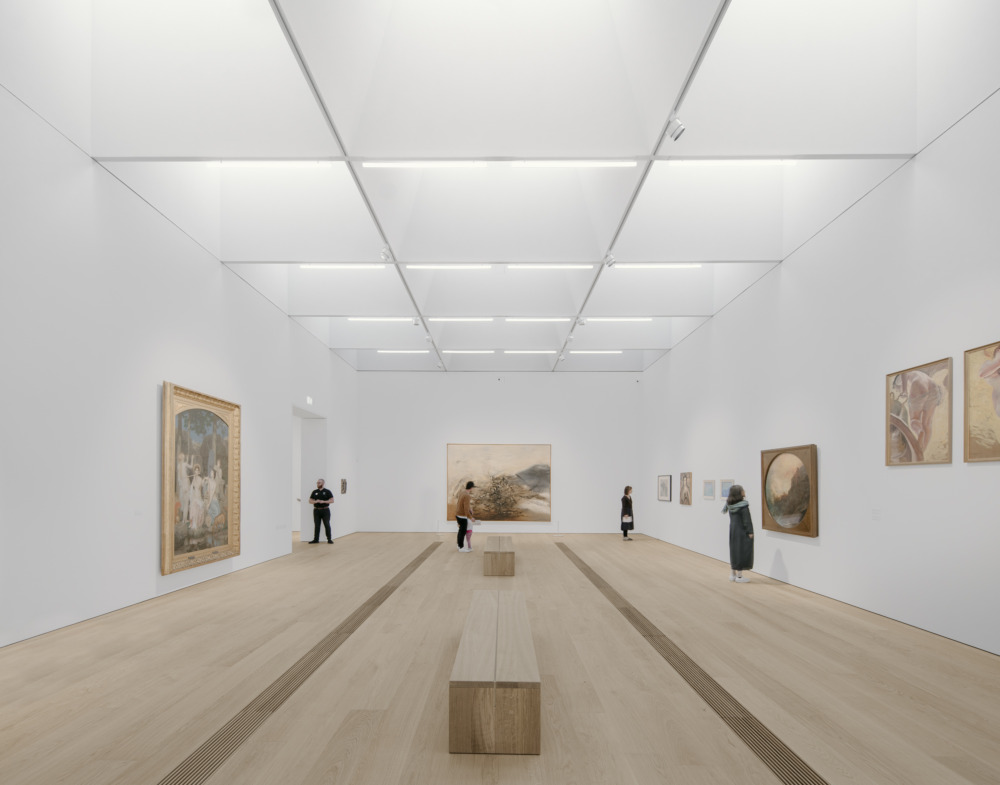

Museums and art galleries are not only guardians of cultural heritage but also spaces that inspire and captivate visitors with their carefully curated collections. One crucial aspect that contributes to the overall visitor experience is the lighting design. Lighting plays a significant role in enhancing the aesthetics, creating ambiance, and preserving artworks. Among the various lighting techniques employed, track lighting has emerged as a versatile and popular choice. In this article, we will explore the importance of lighting in museums and art galleries, with a special focus on track lighting.
Setting the Stage:
The Importance of Lighting: Lighting in museums and art galleries is not just about illuminating the space; it is an art form in itself. The careful manipulation of light can evoke emotions, highlight details, and guide the viewer's gaze. The primary objective of museum lighting is to strike a balance between providing sufficient illumination for viewing the artworks while minimizing any potential damage caused by excessive exposure to light.


Preserving the Masterpieces:
Artworks are often delicate and sensitive to light, particularly ultraviolet (UV) radiation. Over time, exposure to UV light can cause fading, discoloration, and deterioration. Therefore, museums and galleries employ lighting systems that minimize UV emission. This is achieved through the use of specialized filters, coatings, and UV-blocking glass or acrylics, ensuring that the artwork remains protected while still being showcased in all its glory.
Creating Drama and Focus:
Track lighting, in particular, has gained popularity in the art world due to its versatility and adaptability. It involves installing a track system on the ceiling or walls, with adjustable fixtures that can be positioned and directed precisely to highlight specific artworks or areas. This flexibility allows curators and designers to create dynamic lighting arrangements, highlighting the focal points of an exhibition or drawing attention to intricate details within a piece.
Achieving the Perfect Balance:


When it comes to lighting in museums and galleries, finding the right balance is crucial. The lighting should provide adequate visibility without overwhelming the viewer or causing visual fatigue. Ambient lighting, which provides general illumination throughout the space, sets the overall mood and ensures a comfortable viewing experience. Accent lighting, on the other hand, directs attention to individual artworks or exhibits, adding depth and creating a sense of drama.
Enhancing the Visitor Experience:
Beyond preservation and aesthetics, lighting also contributes to the overall visitor experience. Properly lit spaces can create a welcoming and engaging atmosphere, inviting visitors to explore and spend more time with the artwork. Thoughtful lighting design can also facilitate wayfinding, guiding visitors through the exhibition seamlessly and enhancing the narrative flow.
The Future of Museum Lighting:
As technology advances, museums and art galleries are embracing innovative lighting solutions. LED lighting, for instance, has revolutionized the industry by offering energy-efficient alternatives with adjustable color temperatures. This allows curators to tailor the lighting to suit specific exhibitions or artworks, creating diverse and immersive experiences.
Lighting serves as an essential tool in museums and art galleries, shaping the perception and appreciation of the exhibited artworks. From preserving delicate masterpieces to creating captivating visual displays, the art of lighting plays a significant role in enhancing the visitor experience. Track lighting, with its adaptability and precision, has emerged as a favored choice among lighting designers. As the art world continues to evolve, embracing technological advancements, we can anticipate even more innovative lighting techniques that will further enrich our encounters with art.





